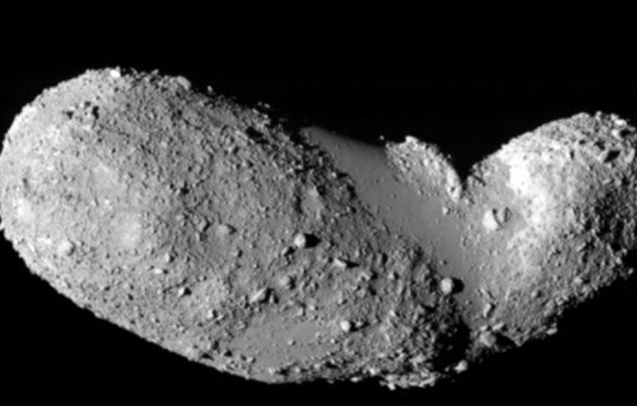When asteroid 2012 DA14 zips past Earth on Friday on an arc that cuts beneath communications satellites, David Trilling won’t be peering through a telescope. But he will eagerly await the data that will almost certainly find its way to his desk at Northern Arizona University.
“I’m excited to see what they come up with,” said Trilling, an assistant professor of astronomy who works partly to synthesize existing information—drawing from extensive archives of data to characterize known asteroids—while also looking for new objects hurtling through space.
Through a variety of NASA-funded grants to support research on near-Earth objects, Trilling and his colleagues look for asteroids in orbits that might come close to Earth. “We want to know what they’re made of and understand their internal properties,” he said.
Part of that work is to add to knowledge about the universe. “But if we want to deflect one, then we want to know more about what it’s made of,” Trilling said.
Trilling describes the upcoming flyby of the 150-foot-wide asteroid as “a pretty big deal” even though there is no chance of an impact with Earth, unlike the asteroid of about the same size that created Arizona’s Meteor Crater. Scientists are sure that the asteroid will get no closer than 17,200 miles at its closest approach at 12:26 p.m. MST.
“We’re confident that there’s no risk because we’ve made so many measurements of the position of this object,” Trilling said. “We know its orbit quite well.”
Still, much of the data that Trilling analyzes comes from “accidental information” that arises when an asteroid shows up in the field of view of a powerful telescope that was looking for something else.
“We find them through some clever tricks, measure their brightness in the field of observation, then do some mathematical modeling that combines image data with other information we have to get a measurement of asteroid properties,” Trilling said.
The upcoming flyby will be no accidental find, though, so data collection by amateurs and professionals, filtered through a formal clearinghouse and posted online, will provide valuable insights.
“This is an asteroid that’s so close that it’s pretty easy for us to study,” Trilling said. “Then, as we understand one asteroid better, we can extrapolate that information to thousands of others that look like it.”
Next week’s event serves as a preview for the International Planetary Defense Conference to be held in Flagstaff in April. Trilling, the local organizer, said more than 200 scientists will gather to discuss all aspects of asteroid research, including how to “eradicate risk.” And if a collision cannot be prevented? “We’re planning a session that covers the environmental and social effects” of an impact, Trilling said.



